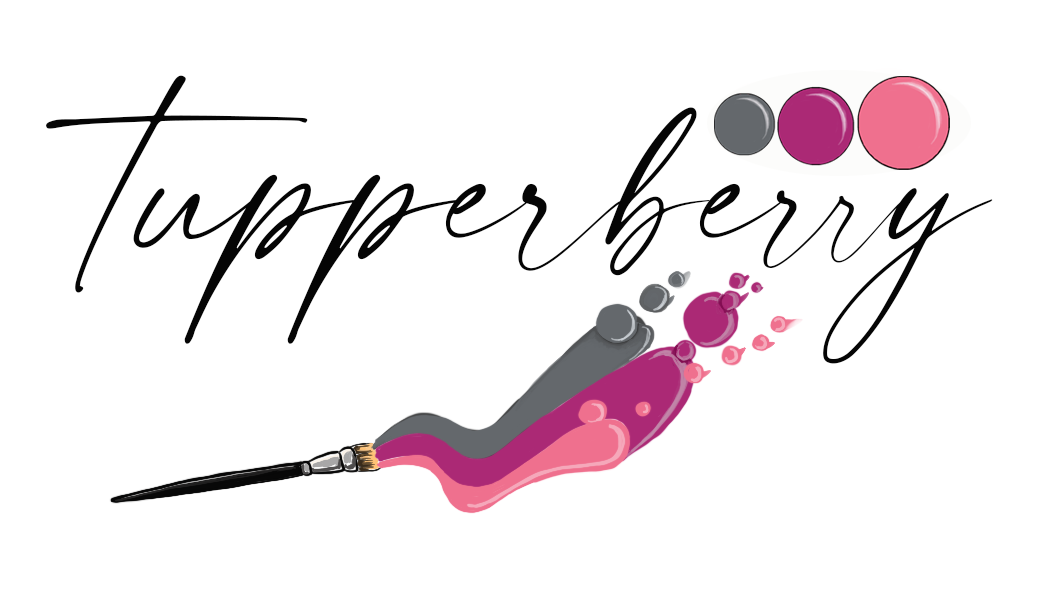Crafting Calm: Exploring the Therapeutic Touch of Working with Clay
Unveiling the Therapeutic Touch: The Profound Benefits of Working with Clay on the Brain
In the modern hustle and bustle, where screens dominate our attention and distractions seem to lurk around every corner, finding solace in the tactile world can be a profound relief. One such medium that offers a gateway to tranquility and cognitive enhancement is clay. Beyond its artistic allure, working with clay has been recognized for its therapeutic benefits, particularly for individuals with Attention Deficit Disorder (ADD) and Attention Deficit Hyperactivity Disorder (ADHD). Let's delve into the fascinating realm where clay meets the mind, unraveling the secrets of its profound impact on our mental well-being.
clay throwing
The Tactile Symphony: A Haven for the Mind
There's a unique symphony that unfolds when our hands engage with clay. Unlike the smooth surfaces of keyboards or touchscreens, clay offers a sensory feast, engaging not just our sense of touch, but also our proprioception—the awareness of our body's position in space. This multisensory experience serves as a sanctuary for our minds, allowing us to tune out the cacophony of the digital world and immerse ourselves fully in the present moment.
Unleashing Creativity: Clay as a Canvas for Expression
For individuals with ADD and ADHD, channeling their boundless energy and racing thoughts into a tangible form can be a formidable challenge. Enter clay—a malleable medium that invites exploration and experimentation without judgment. Sculpting with clay fosters a sense of creative freedom, providing a safe space for self-expression where there are no right or wrong answers, only endless possibilities waiting to be shaped.
Mindful Focus: The Art of Attention Regulation
At the heart of ADD and ADHD lies the struggle to maintain focus amidst a whirlwind of distractions. Working with clay offers a unique antidote to this challenge, requiring a delicate balance of concentration and relaxation. As the hands mold and shape the clay, the mind becomes fully engaged in the present moment, cultivating a state of mindfulness that soothes the restless mind and promotes sustained attention.
Sensory Integration: Bridging the Gap in Neurodiversity
One of the hallmark features of ADD and ADHD is sensory dysregulation, where individuals may experience heightened sensitivity or seek out sensory stimulation to alleviate boredom. Clay serves as a bridge between the sensory realms, offering a therapeutic outlet for sensory processing difficulties. The tactile nature of clay provides a grounding anchor, helping individuals regulate their sensory experiences and find equilibrium amidst the sensory storm.
Conclusion: Clay as a Gateway to Mindful Mastery
In a world where digital distractions reign supreme, the ancient art of working with clay offers a timeless remedy for the restless mind. For individuals with ADD and ADHD, the benefits of engaging with clay extend far beyond the realm of art—they offer a pathway to self-discovery, creativity, and mindful mastery. So, the next time you find your mind wandering or your thoughts racing, consider reaching for a lump of clay and sculpting your way to serenity.
In the dance between hands and clay, lies the profound beauty of therapeutic transformation—a journey where the tactile meets the transcendental, and the mind finds solace in the gentle embrace of creativity.

